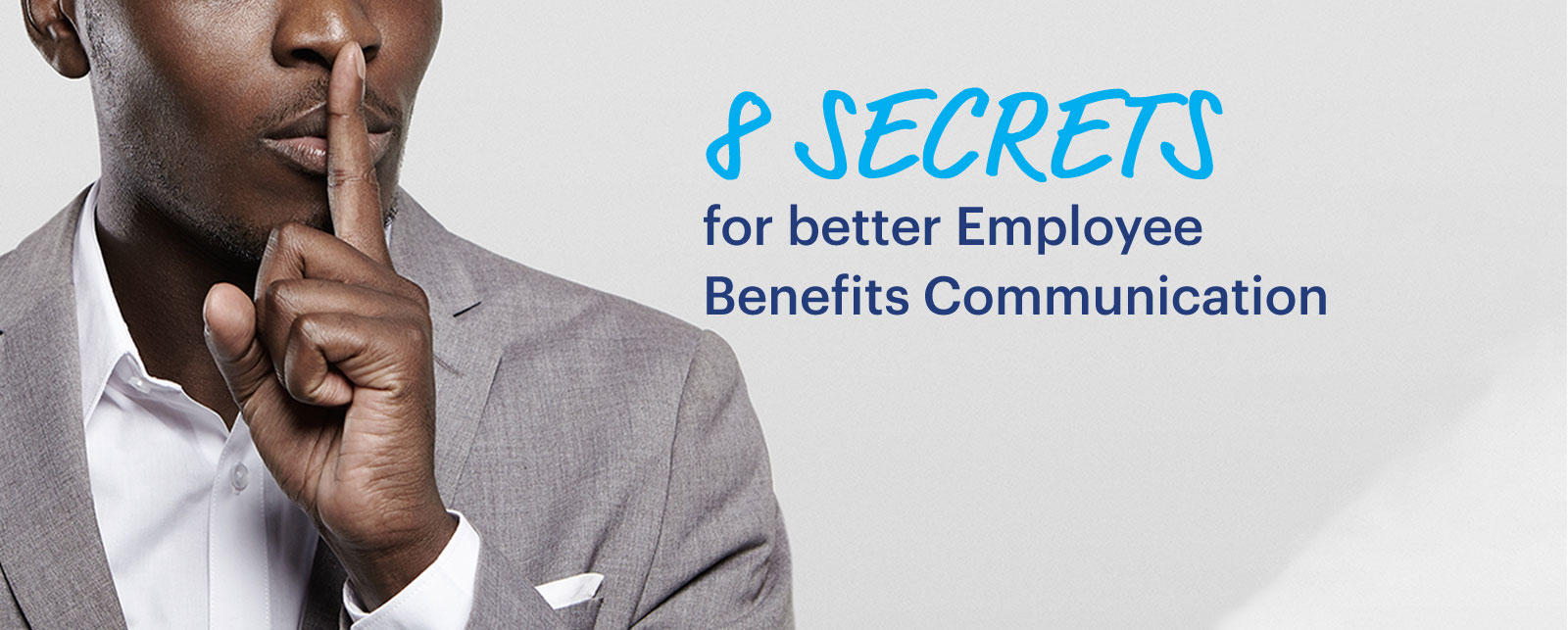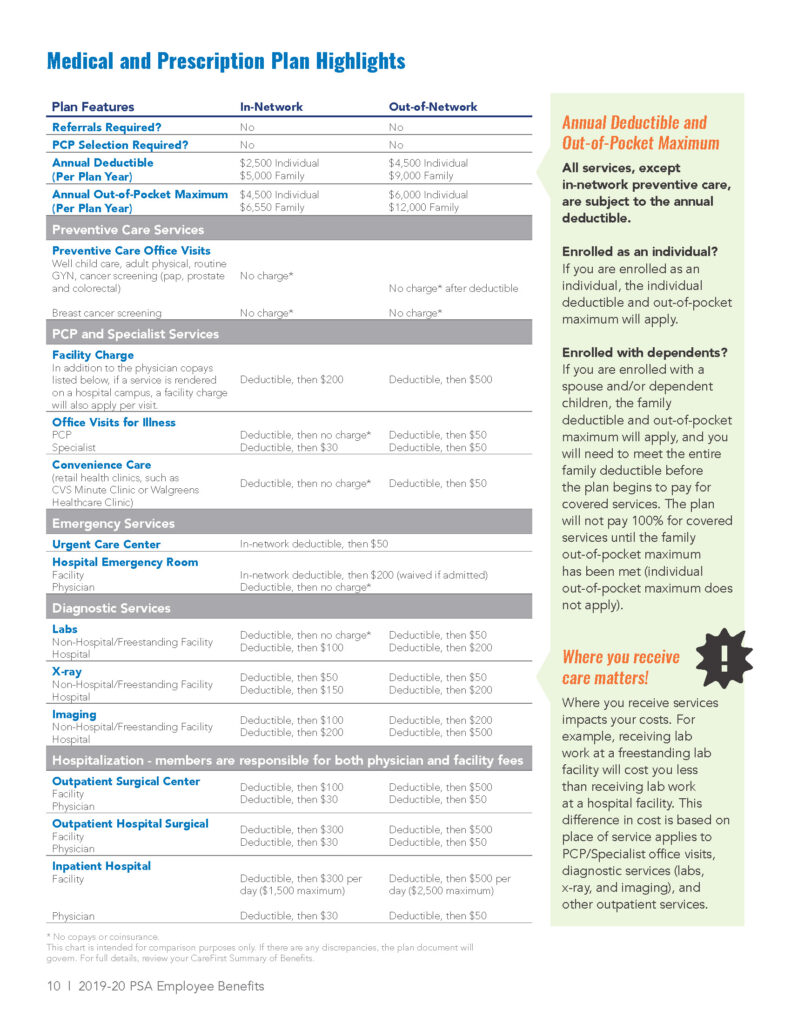Eight Secrets for Building Employee Benefits Communications Your Employees Want to Read
Posted in: Employee Benefits
Despite the massive time and dollar investments in employee benefit plans, surveys show employers are not getting the mileage out of their offerings. The reason? Employers often drop the ball when it comes to properly branding and explaining the benefits via employee benefit communications, which results in a lack of employee appreciation for and understanding of how to use the plans.
There are many strategies on how to communicate benefits to employees. An employee benefits guide is a great way to pull information together in one place in a simplified, easy-to-read format that can be printed and/or accessed electronically. Benefit comparisons, key benefit details, easy-to-access vendor information, and tips on how to save money on health care services are all helpful items to include.
I’m sure you’ve seen many employee benefits communication samples – some good and some bad – and perhaps wondering how could you make your employee communication better.
If that’s the case, and you need some guidance, keep reading for my eight secrets on how to build a benefits guide your employees will actually value and want to read.
-
Listen to your employees.
Learn more about what they’re thinking, doing, and feeling so you can better understand where they need help and more information about how to use their employee benefit plans. For instance, if your HR department is getting numerous calls, emails, and questions about Health Savings Accounts (how to open them, the contribution limits, the bank contact information, etc.) this may be an indication that you need to expand more on that topic in your employee benefit communications.
-
Keep it simple.
As tempting as it might be to just stuff the guide with as much information as possible, or to insert all of the technical language from the insurance-carrier documents, don’t do it! Use simple language and keep your charts/tables to a minimum. You’ll likely still need to include some tables or charts that explain how certain benefits work and compare to each other, but you don’t have to include every scenario or benefit feature. Show the most common benefits features and highlight the differences between the various plan options.
-
Pay attention to how your document is structured.
Put the most important information first, and group relevant information (e.g. keep Health Savings Accounts with medical benefits). Also, consider using descriptive headers, simple language, and bulleted lists. This layout is much easier to scan to identify important details.
-
Use call-outs.
Want to highlight a new benefit or make important information stand out? Use a call-out section set apart from the rest of the page. Also consider using color, icons, and/or borders to make them “pop.”
-
Communicate visually.
Pictures are not for decoration. Use photos to help effectively convey your message in each section. These visual elements attract your employees’ attention and help break up long sections of text to keep them engaged.
-
Give your materials a cohesive “look and feel.”
You want your employees to recognize your employee benefits guide was provided by your organization. It’s a good idea to follow your company’s branding guidelines, keep your overall look professional and consistent, and use your company logo. Speaking of your company’s logo – always make sure your logo is high resolution and designed for print if you’re going to print your document! Not sure if you have the right version of your logo? Make friends with your marketing team and ask them.
-
Don’t be afraid of white space.
Have you ever tried to save space by cramming a lot of information onto a certain number of pages? Spreading things out and limiting the amount of information you put on each page is the better way to go. The white space surrounding your information is your friend, as it allows your employees’ eyes to relax between different sections and not feel overwhelmed. Also, avoid the urge to fill that space with an image unless the image helps convey the content on that page.
-
Hire a professional.
As an employee benefits communication expert, I’ve seen and created my share of pieces over the past decade. Benefits are complex, and you need a professional writer and designer that knows how to untangle complicated benefit concepts and present them in a clear way. Work with your benefits consultant to have professional employee benefits communications designed for your organization. It is well-worth the investment, as it could make or break the value of your benefits plan offering.
Think of all of the hundreds of thousands of dollars that are poured into your benefits plans. When employees receive the information and education they need to break through the confusion to be able to choose and use their benefits, they’re more loyal, productive, and satisfied.
Make sure to follow the eight secrets discussed above to help you create an effective benefit guide. To request a copy of our employee benefits communication samples, or to learn more about how we can help you improve your employee benefits communications, contact me at kprice@psafinancial.com.




